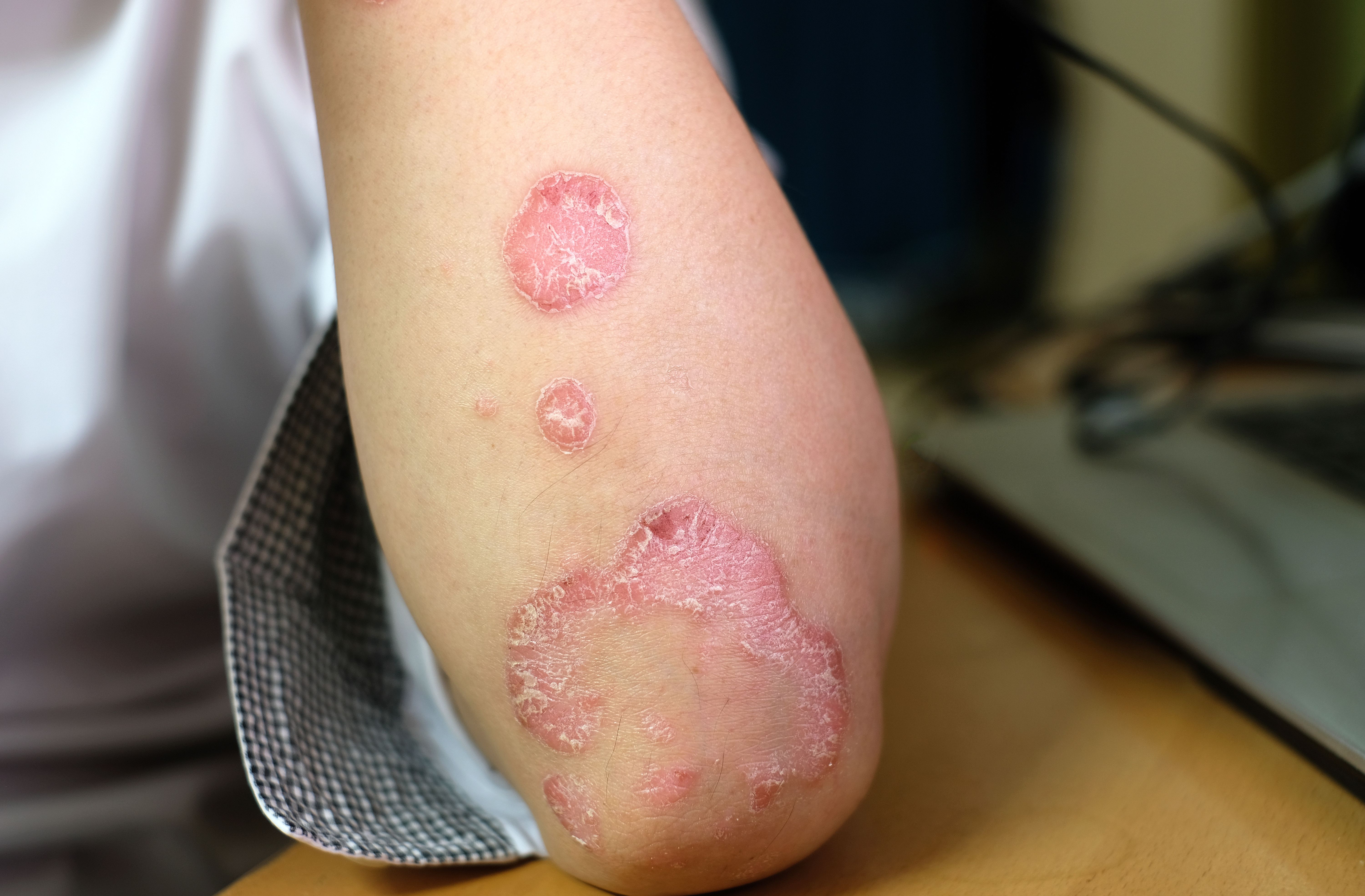- Acne
- Actinic Keratosis
- Aesthetics
- Alopecia
- Atopic Dermatitis
- Buy-and-Bill
- COVID-19
- Case-Based Roundtable
- Chronic Hand Eczema
- Chronic Spontaneous Urticaria
- Drug Watch
- Eczema
- General Dermatology
- Hidradenitis Suppurativa
- Melasma
- NP and PA
- Pediatric Dermatology
- Pigmentary Disorders
- Practice Management
- Precision Medicine and Biologics
- Prurigo Nodularis
- Psoriasis
- Psoriatic Arthritis
- Rare Disease
- Rosacea
- Skin Cancer
- Vitiligo
- Wound Care
Article
Novel agent, chemotherapy promising in melanoma tx
New Orleans - BAY 43-9006, a novel signal transduction inhibitor, has very modest activity as a single agent in melanoma; however, it has promising activity in combination with chemotherapy, investigators said at the annual meeting of the American Society of Clinical Oncology (ASCO).
New Orleans - BAY 43-9006, a novel signal transduction inhibitor, has very modest activity as a single agent in melanoma; however, it has promising activity in combination with chemotherapy, investigators said at the annual meeting of the American Society of Clinical Oncology (ASCO).

Study results In one phase 2 study, investigators gave BAY 43-9006 orally in twice-daily doses with no other treatment; of 20 patients reported so far for one institution, there was just one partial response and three patients in which disease was stabilized, it was reported here at ASCO.
Results encouraging Though those results will require confirmation in larger, multicenter trials, investigators believe "the antitumor activity of this regimen is encouraging, and supports a chemotherapy sensitizing effect of 9006," says Keith T. Flaherty, M.D., of the University of Pennsylvania, Philadelphia.
In an oral presentation, Dr. Flaherty said that the antitumor response seen "compares favorably" with response rates reported for phase 2 trials of single agent carboplatin or paclitaxel in metastatic melanoma; those trials have yielded an average response rate of 15 percent, he says, while the combination of the two have yielded response rates of 20 percent and 10 percent in different trials, suggesting the combination is "no more active than the individual agents."
These results stand in contrast to the phase 2 results of BAY 43-9006 alone in patients with stage IV refractory melanoma; the trial is ongoing, and results for one of the four participating institutions, Royal Marsden Hospital, London, U.K., were reported here by Tanya Ahmad, M.R.C.P., Royal Marsden Hospital/Institute of Cancer Research, London U.K.
Patients were assessed after a 12-week induction phase. They continued on open-label treatment if they responded to treatment, discontinued if they had progressive disease, and continued onto a double-blind, placebo-controlled randomized phase if they had stable disease. At the 12-week assessment, there were three patients with stable disease, 15 patients with disease progression, and one responder. The main toxicities were generally mild and included rash, hand-foot syndrome, gastrointestinal tract disturbance and fatigue; all were reversible on dose interruption or reduction. There were no grade 4 toxicities and no hematologic toxicities.
"Our findings have been largely mirrored by the other centers," Dr. Ahmad says, adding that the agent "has only modest anti-melanoma activity as a single agent, however, it does have a favorable safety profile."
Investigators can "take these findings forward" to explore combinations with chemotherapy, such as the paclitaxel/carboplatin combination also described at ASCO, Dr. Ahmad says.
New study Dr. Ahmad's institution is recruiting patients for a new phase 1 study combining BAY 43-9006 with dacarbazine (DTIC). The combination was picked mainly because DTIC is the hospital's current standard chemotherapy for melanoma; however, recent evidence suggests there is a scientific rationale to support their empirical choice.
Researchers at M.D. Anderson Cancer Center in Houston have shown that exposure of melanoma cells to DTIC upregulates vascular endothelial growth factor (VEGF), and the BAY 43-9006 compound also targets the VEGF receptor.
"It may be this combination could act synergistically," Dr. Ahmad says.
Newsletter
Like what you’re reading? Subscribe to Dermatology Times for weekly updates on therapies, innovations, and real-world practice tips.











